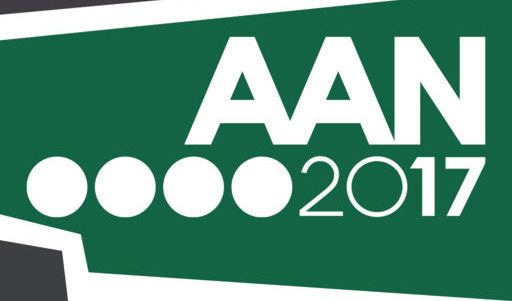Nusinersen a Major Leap for Spinal Muscular Atrophy Treatment, According to Phase 3 CHERISH Trial

In a wide swath of clinical trial results presented at the American Academy of Neurology’s 69th Annual Meeting in Boston, among the most encouraging regarded nusinersen. The drug is intended to treat spinal muscular atrophy (SMA), a developmental motorneuron condition with extremely grave outcomes.
Previously considered incurable, SMA manifests in 3 main subtypes. The most severe, SMA type 1, is a genetic disorder that impacts children before 6 months of age and was described by Natalia Sana Rost, MD, Acting Chair of the AAN Science Committee, as “invariably fatal.” Types 2 and 3 of the disease offer a somewhat less dour prognosis, with 3 being the least severe and yet still resulting in massive physical disability, robbing children of ever fully developing proper motor function.
Eugenio Mercuri presented interim findings from the CHERISH trial during the Emerging Science session of the AAN meeting on Tuesday evening. Nusinersen is an antisense oligonucleotide that “alters SMN2 gene splicing to promote the production of full-length SMN protein.”
The CHERISH trial studied children with later onset of the disease, aged 2-12: another trial, ENDURE, tested the drug in earlier cases and indicated that the earlier SMA was caught and treatment was initiated, the better the outcomes.
The study featured 126 patients, randomized 2:1 between nusinersen and sham. Nusinersen was administered in 4 intrathecal injections (totaling 12mg non-scaled) and patients were monitored over 15 months, with a primary endpoint of change in Hammersmith Functional Motor Scale—Expanded (HFMSE) score at month 15. Secondary endpoints were proportion of children with ≥3-point increase in that score, in addition to proportion with achievement of new World Health Organization motor milestones and change in revised Upper Limb Module (RULM) test at month 15.
The nusinersen group saw clinically significant improvements in many cases. In more than 57% of the treated patients, HFMSE scores improved by 3 or more points at month 15, compared to about 20% of the controls, with a significantly noticeable mean improvement of 5.9 points. Additionally, 6.6% more children in the nusinersen group achieved new WHO motor milestones than in the sham group. The trial reported a “favorable safety profile” with no withdrawals due to adverse events.
According to Mercuri, the findings from CHERISH are consistent with other trials of the drug, in terms of safety and efficacy.
“It’s incredibly gratifying, and also on a humanitarian level, very satisfying to me as a neurologist to be a part of this decade of discovery,” said Rost of the findings.
An outright cure nusinersen is not, and it may be extremely expensive (to an early tune of 6 figure doses). Still, it is seen as massive progress on a condition that was long perceived incurable, as Rost emphasized. “Considering that we’re looking at a population that in many cases are never able to walk, many times never able to sit and never able to even maintain their head in an appropriate upright posture, we’re looking at dramatic improvements. We’re hoping this specific treatment will provide at least hope and promise to a population of patients who otherwise had none.”
The trial was funded by Ionis Pharmaceuticals, Inc. and Biogen.